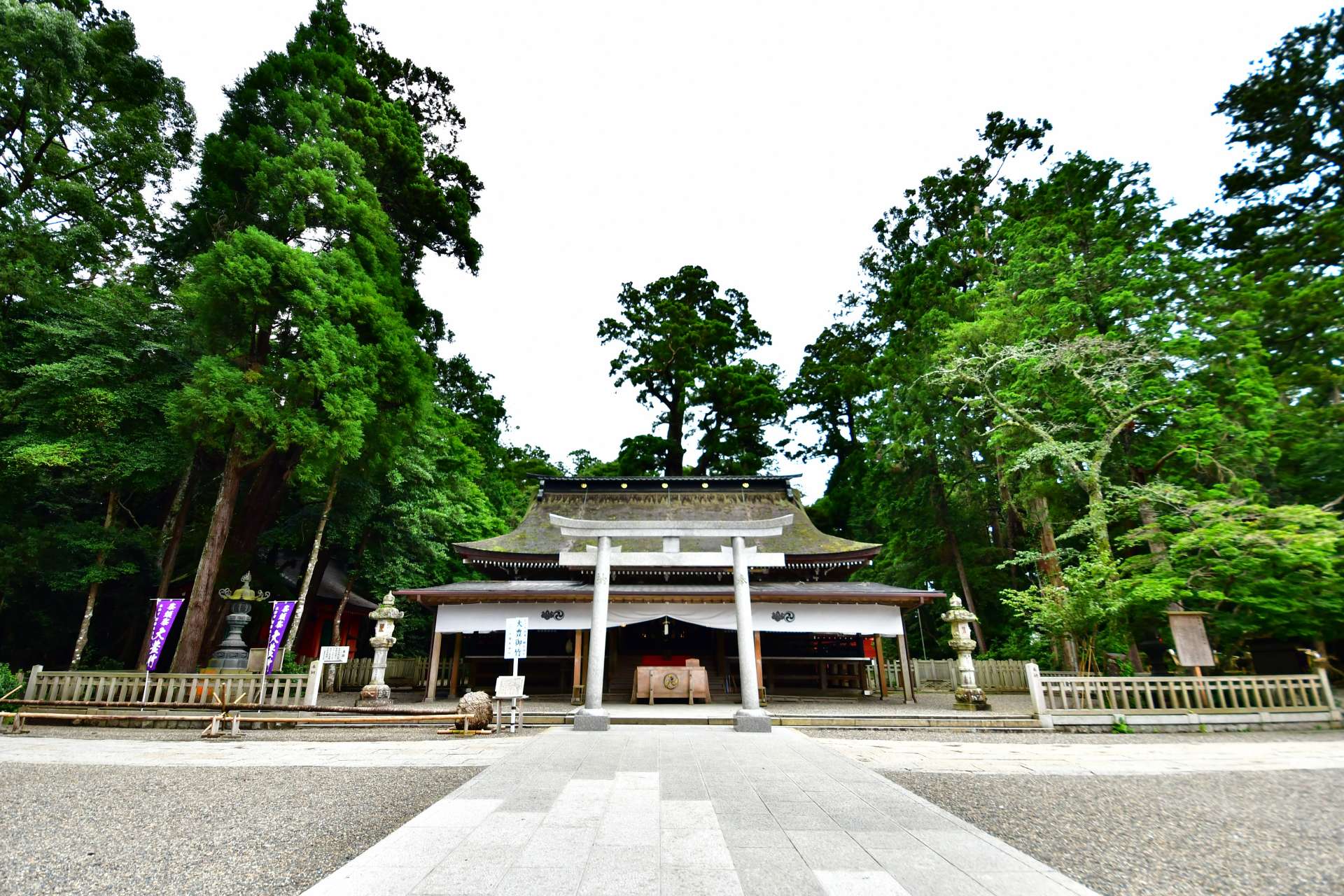擁有幽靜祥和環境的神社,在森林散步相當舒服。

Verified [Verified] denotes information that has been published with confirmation of its owing parties.
Kashima Jingu
It enshrines a warrior god revered by the ancient imperial court, military commanders and swordsmen since the establishment in 660 BC.
Kashima Shrine, the head shrine in Hitachi Province, sits in Kashima City in southern east Ibaragi. It is said to have been built in 660 BC when Emperor Jinmu began his reign. A warrior god, Takemikazuchi -no-okami is enshrined here who established Japan, Since ancient days, it has been revered by the imperial court, Fujiwara Family, military generals such as Minamoto no Yoritomo and Tokugawa Ieyasu or swordsmen such as Tsukahara Bokuden. People come to wish victory, improving martial arts and deterring bad luck.
The grounds are as big as 15 Tokyo Domes, situated in a sublime forest of cedar and castanopsis. Entering through the big gate, the approach leads to a red tower gate dedicated by Tokugawa Yorifusa, the Mito Domain’s first lord. Going through the 13m-tall grand gate, you will see the worship hall on the vast open ground, then, the main hall with the god in it. Behind it, looms a sacred tree, estimated to be 1300 years old. Farther ahead, the rear hall dedicated by Tokugawa Ieyasu greets you.
About 2.5km west of Kashima Shrine, Ofunatsu has a gate “NIshi no Ichino Torii” which stands above the water of Kitaura Bay (part of Kasumigaura). It was the hub of water transportation in ancient days, welcoming many worshippers in boats. Ukiyoe artist, Utagawa Hiroshige painted the dock at Nishi no Ichino Torii in his Famous Places in Sixty-Odd Provinces.
Highlights
-
The tower gate is touted as one of Japan’s biggest tower gates along with Hakozakigu Shrine in Fukuoka and Aso Shrine in Kumamoto.
-
Nishi no Ichino Torii is 18.5m-tall and 22.5m-wide, Japan’s largest shrine gate in water.
-
The premises has a deer garden with about 20 of them, which are regarded as the messengers from god. The soccer team, Kashima Antlers, was named after these deer with antlers.
-
Kaname Stone, which is said to have been holding down the head of the catfish that causes earthquakes, is enshrined at the back of the rear hall.
-
The big front gate is made of four cedar trees from the shrine ground, restored three years after the destruction from the Great East Japan Quake.
Photos
-
![The main hall was donated by the 2nd shogun, Tokugawa Hidetada
*Photo provider: Kashima Jingu]()
The main hall was donated by the 2nd shogun, Tokugawa Hidetada *Photo provider: Kashima Jingu
-
![The tower gate is a national important cultural property
*Photo provider: Kashima Jingu]()
The tower gate is a national important cultural property *Photo provider: Kashima Jingu
-
![The worship hall on the vast ground
*Photo provider: Kashima Jingu]()
The worship hall on the vast ground *Photo provider: Kashima Jingu
-
![The rear hall was donated by Tokugawa Ieyasu at the time of his victory in the Battle of Sekigahara
*Photo provider: Kashima Jingu]()
The rear hall was donated by Tokugawa Ieyasu at the time of his victory in the Battle of Sekigahara *Photo provider: Kashima Jingu
-
![Nishi no Ichino Torii is Japan’s largest shrine gate standing in water.
*Photo provider: Kashima Jingu]()
Nishi no Ichino Torii is Japan’s largest shrine gate standing in water. *Photo provider: Kashima Jingu
Reviews
-
Keny Giri
-
李智傑
鹿島神宮隱身在參天大樹的森林中,置身其中被清新的空氣包圍,身體與心靈都得到洗滌
Details
- Name in Japanese
- 鹿島神宮
- Postal Code
- 314-0031
- Address
- 2306-1 Kyuchu, Kashima City, Ibaraki
- Telephone
- 0299-82-1209
- Hours
- Always open
- Admission
- Free (parking incurs charge)
- Directions
- About 10 minutes on foot from Kashima Jingu Station on the JR Kashima Line
- Official Website
- Official Website (Japanese)





